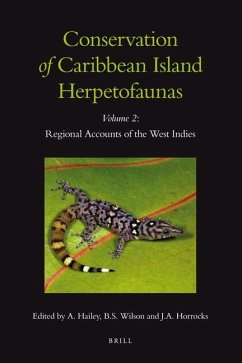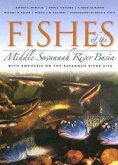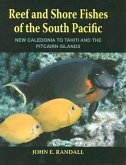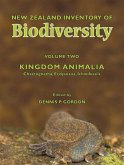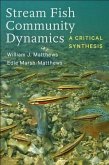Most of the islands of the Caribbean have long histories of herpetological exploration and discovery, and even longer histories of human-mediated environmental degradation. Collectively, they constitute a major biodiversity hotspot - a region rich in endemic species that are threatened with extinction. This two-volume series documents the existing status of herpetofaunas (including sea turtles) of the Caribbean, and highlights conservation needs and efforts. Previous contributions to West Indian herpetology have focused on taxonomy, ecology and evolution, particularly of lizards. This series provides a unique and timely review of the status and conservation of all groups of amphibians and reptiles in the region. This volume provides regional accounts of the islands of the West Indies biogeographic region: Anguilla; Antigua and Barbuda; The Bahamas; Barbados; The British Virgin Islands; The Cayman Islands; The Commonwealth of Dominica; The Dominican Republic; The Dutch Windward Islands of St. Eustatius, Saba and St. Maarten; The French West Indies; Grenada; The Grenadines; Jamaica; Martinique; Puerto Rico; St. Vincent; The Turks and Caicos Islands; The United States Virgin Islands. Each account discusses the conservation problems of the herpetofauna and their solutions, in a region made up of islands of diverse ecology and political systems. The book will be useful to biologists and conservationists working in or visiting the Caribbean, and internationally as a summary of the current situation in the region.

